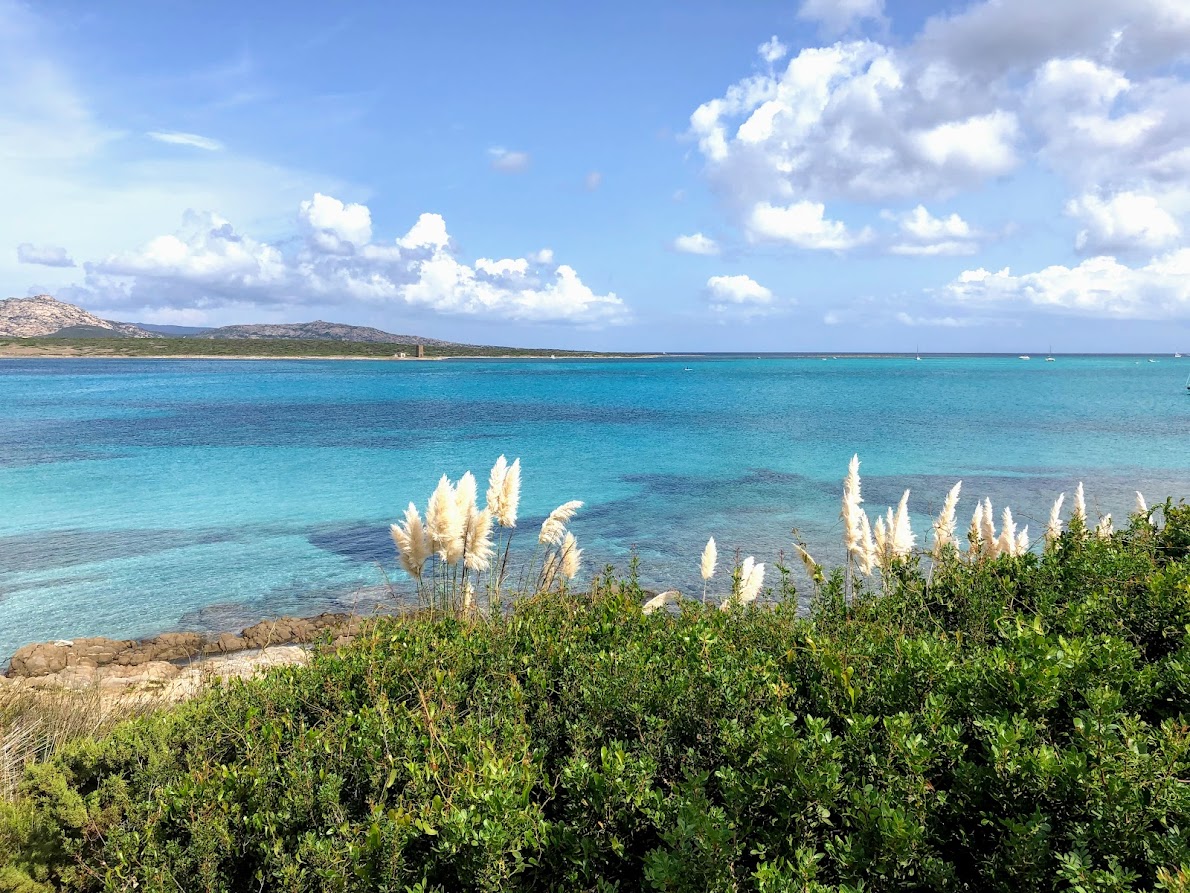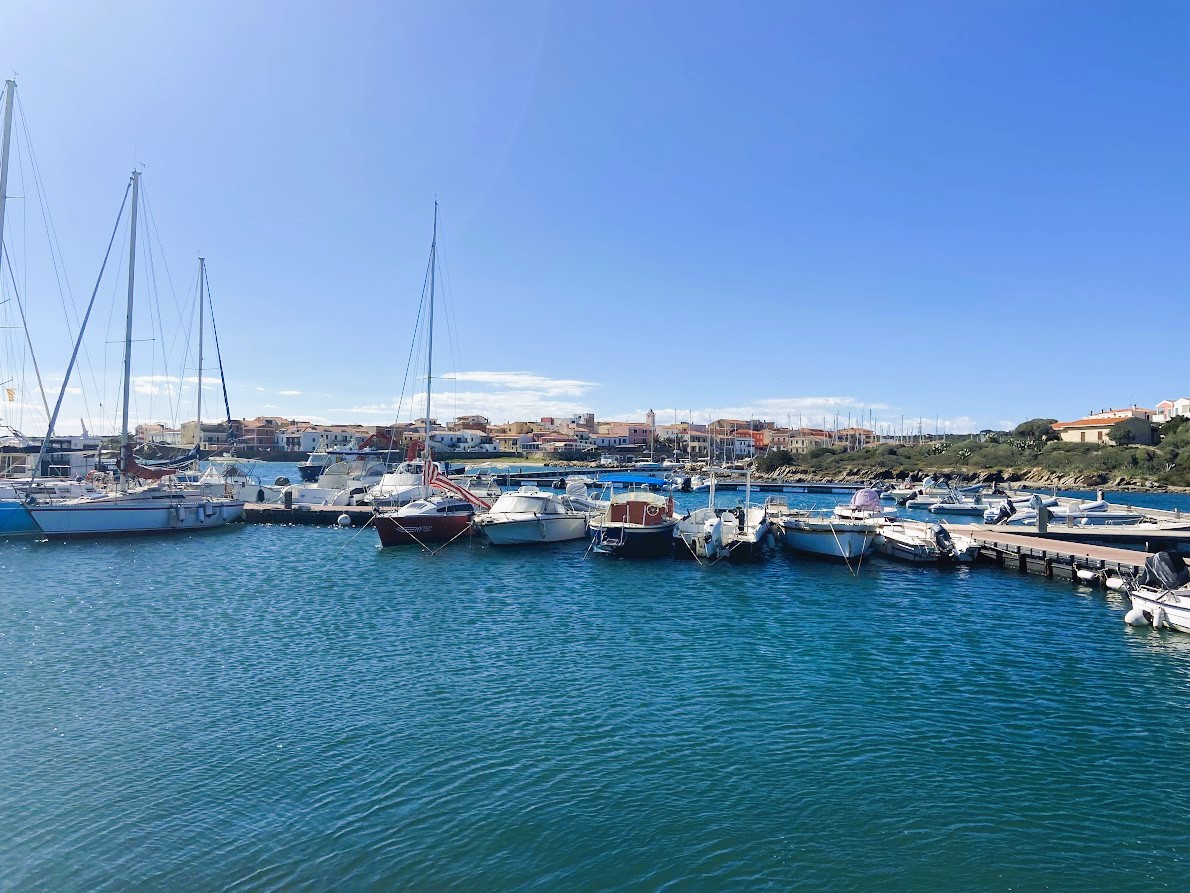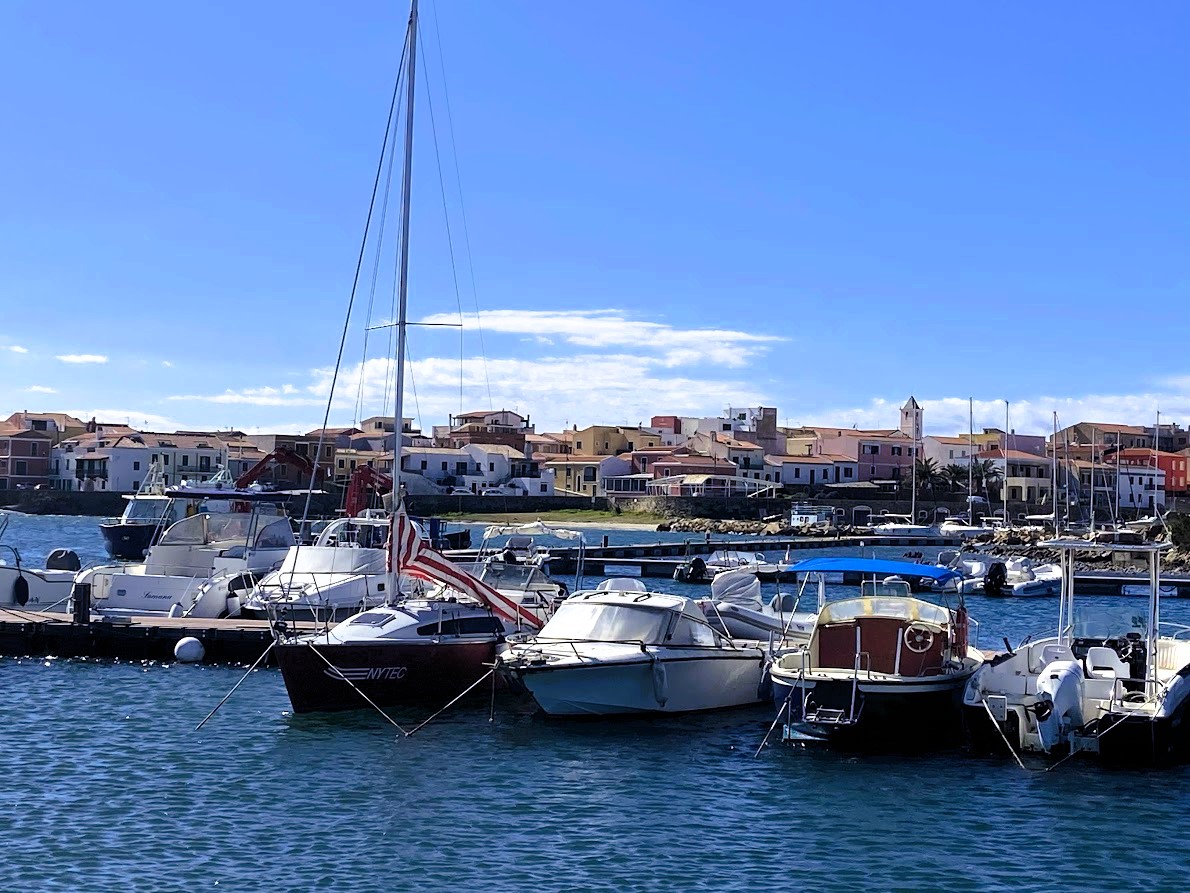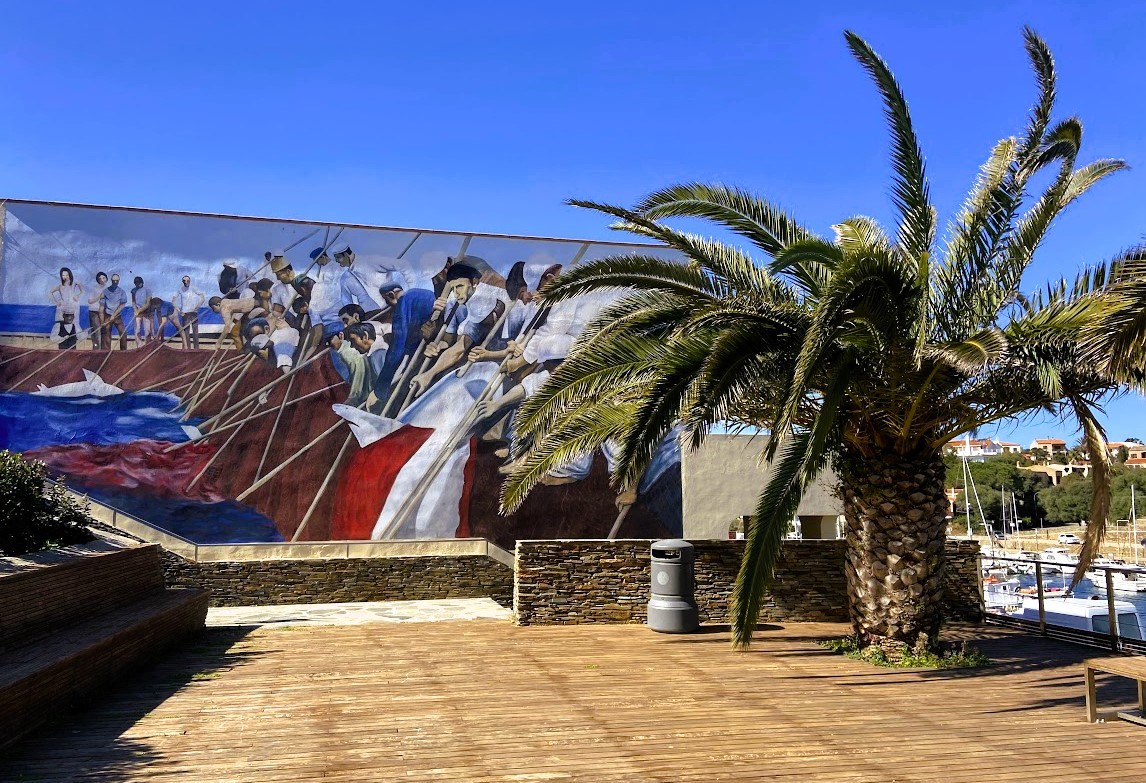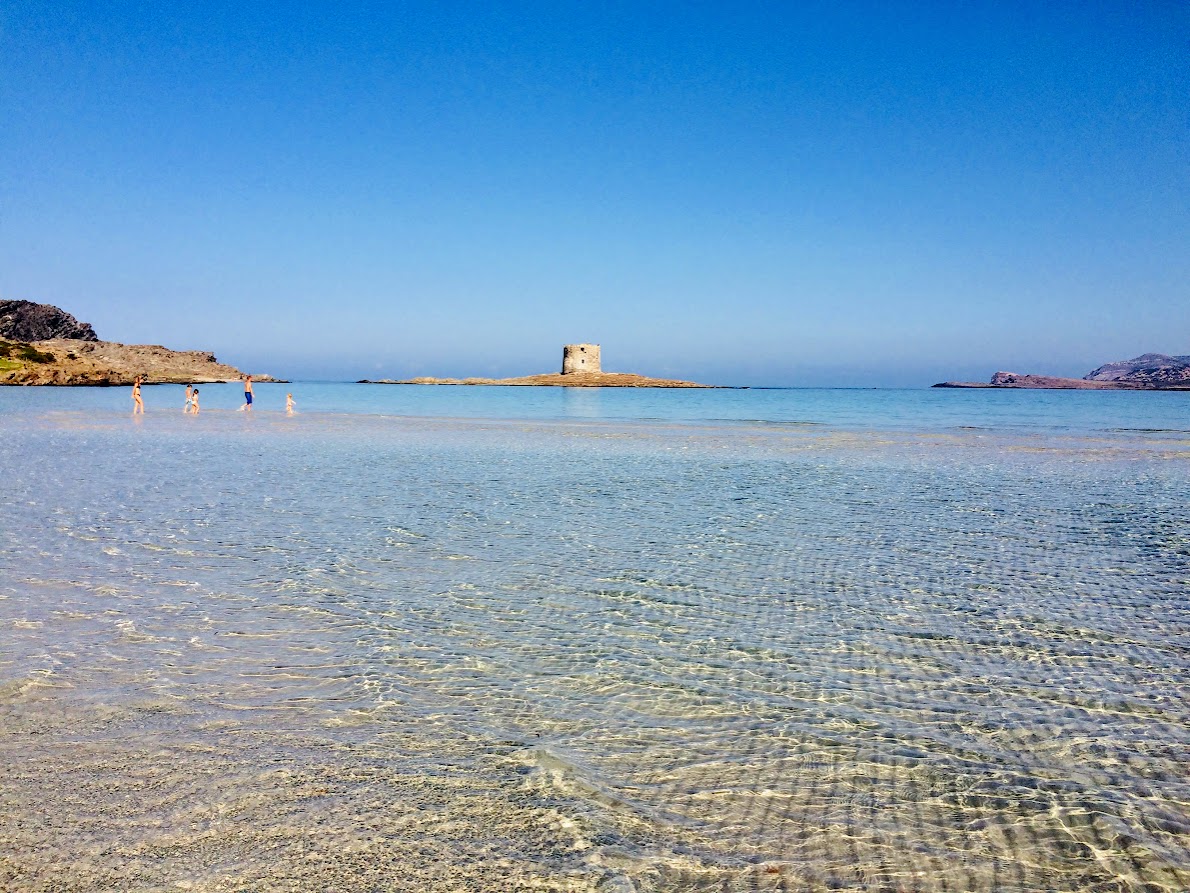
Stintino
Stintino, located on the northwestern-most edge of Sardinia, stretches towards the island of Asinara and almost touches it. It is right at that point that the nature shows its masterpiece La Pelosa beach: clean and tens of meters shallow seabed, white and impalpable sand, dazzling and calm sea with all shades of blue. Next to the older sister stands Pelosetta, surrounded by an islet dominated by the Tower of Aragon (from 1578), the symbol of Pelosa. From the terrace on the tropical beach, 200 meters high, you can enjoy a unique view of Piana Island and the pristine and wild Asinara National Park. Stintino is the nearest boarding point to visit them. The Stintino territory is a strip of land between two seas. To the west, the open sea, with a high and jagged coast that alternates with sandy and pebbly coves: from Capo Falcone, a wild place also guarded by the Spanish tower (the highest in the Nurra area) and over which the peregrine and royal falcons look down, to Cala del Vapore, via Valle della Luna and Coscia di Donna. To the east, the inland sea, inside the gulf: a low and sheltered coast that, from Pelosa, passes through L’Ancora and the rocks of Punta Negra, reaching the white and round pebbles of the long coast of Le Saline and Ezzi Mannu. In the middle is a natural oasis with lakes (Cesaraccio and Pilo) where purple herons, little egrets and kingfishers live. At the beginning, Stintino was a fishing village, very similar to the settlement of Cala d’Oliva on the island of Asinara, founded by 45 Ligurian families in 1885. During the Kingdom of Italy, a hospital and a penal colony was established on the island, which resulted in the eviction of the original inhabitants. The village, which has been a municipality since 1988, is located on a strip of land between two bays. In the old and new harbor you can observe wooden sailing ships with Latin sails, of which Stintino is the capital. Famous regatta has been held here since 1983. The town’s history is inherently linked to fishing and tuna processing: you can experience it in the Tonnare Museum, located in the Saline fraction where operations only ended in the 1970s. Once a major economic resource, since 2016 narrates the Stintino modus vivendi (way of life): make your way through the rooms with original tools, pictures and tuna nets. After a long history of fishing, tourism came to the fore. At the beginning of the 20th century, the village was the destination of famous families from Sassari, such as Berlinguer and Segni. In the 1960s there was a boom: countless tourist residences and hotels sprang up on the coast, and the town, which has a population of 1,600 in the winter receivers tens of thousands of tourists in the summer. The base of the local culinary tradition is fishing: Stintinian octopus with garlic, lobster soup, tuna bottarga, seafood and fresh fish can be enjoyed in restaurants in the village streets and along the coast.
